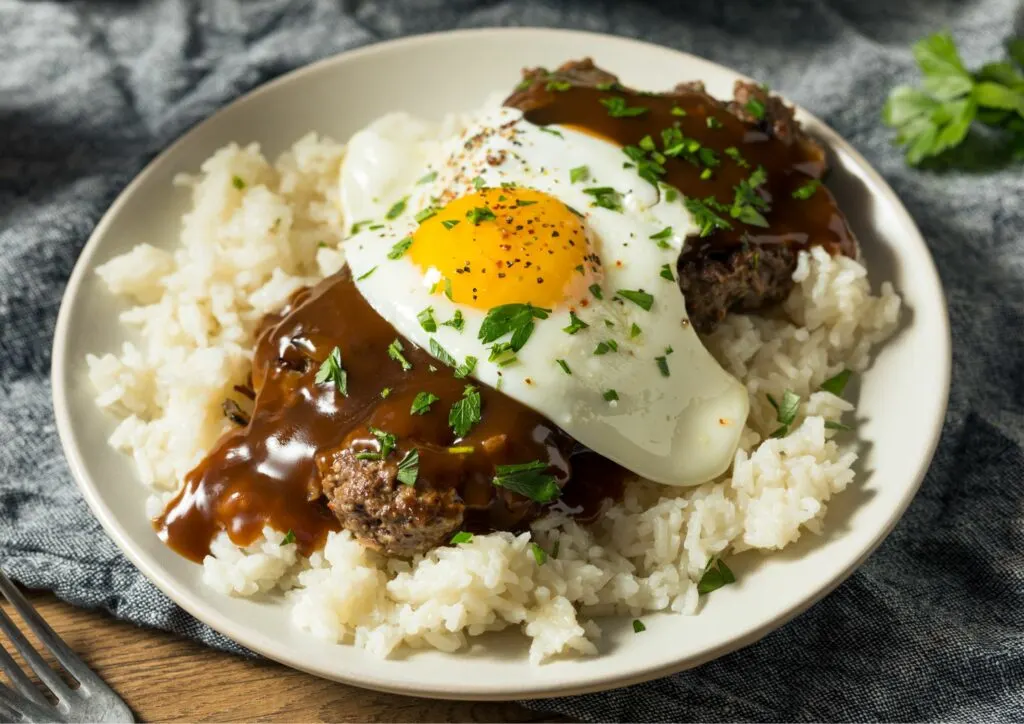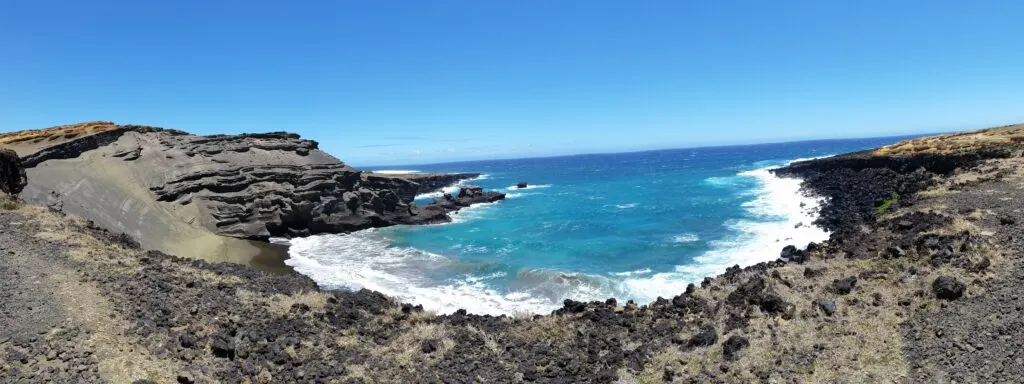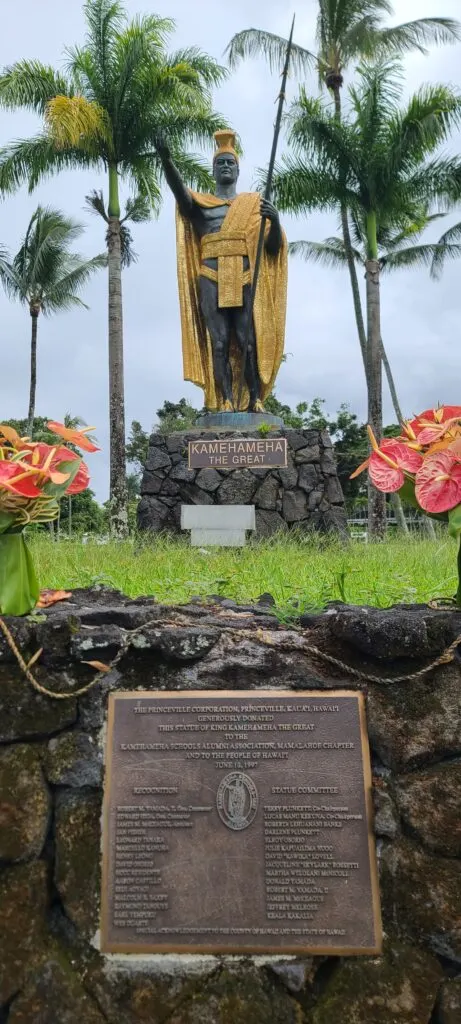Embarking on our Local Living Series, this time, we dive deep into the vibrant heart of Hawaii, the island paradise often envisioned with pristine beaches and lush landscapes. The interviewee, once a resident of the Blue Ridge Mountains in Virginia, dramatically altered his life trajectory by shifting to the Puna District on the Big Island of Hawaii.
From establishing an off-grid cabin within a sprawling rainforest to experiencing the distinct cultural nuances of each town, he paints an authentic picture of life on the island.
Explore the tropical allure of Hawaii, its challenges, and the rich tapestry of experiences it offers, through the eyes of someone who took the plunge into its inviting embrace.
Before we delve into the finer details, let us have a look at the key takeaways from our interview with James:
Things At a Glance About Living in Hawaii
- Environment & Climate: Year-round tropical weather with two main seasons—wet and rainy. Beautiful landscapes, from mountains with occasional snow caps to ocean vistas.
- Cost of Living: High cost, with expenses like groceries, gas, and electricity significantly more than on the mainland.
- Housing: Houses are in high demand with prices steep per sq ft. Puna is an emerging district due to relative affordability.
- Healthcare: The Big Island has a shortage of medical professionals, and for specialized care, one might need to travel to Honolulu.
- Transportation: Limited public transportation with buses perceived as unreliable. Most roads are single-lane, and owning a fuel-efficient car is advantageous.
- Job Market: Tourism is the primary industry, followed by state government employment. Well-paying jobs are scarce, and the time difference can impact remote work opportunities.
- Food Scene: A rich blend of various cultures, heavily influenced by Asian cuisine. Signature dishes include Kalua Pig and Loco Moco.
- Outdoor Activities: Abundance of outdoor experiences like surfing, snorkelling, hiking, and unique wildlife and plants to explore.
- Cultural/Historical Aspects: Deep-rooted history, from stories of King Kamehameha to Captain Cook’s arrival and influence.
- Advice for Movers: It’s vital to familiarize oneself with the local culture and traditions, be financially prepared due to limited job prospects, and always maintain good relationships in the tight-knit community.

What are the Pros of Living in Hawaii?
The best part of living here for me is the year-round tropical weather. Warm sun and plentiful rain allow me to grow all the rare fruit I’m so fixated with. Removing my subjective obsession, the environment is the major pro of living here.
I drive to work in the morning and look up to see if Mauna Loa has a snow cap today (that’s right, I can still visit the snow!). Or, if it’s a rainy day, as is often the case in the rainforest, I keep an eye out for rainbows. If my daily business takes me to Hilo town, the blue ocean and salty air are always welcoming.
I get to go to the beach as often as I like (weather permitting)
Oh, and I almost forgot! The culture is warm and the vibe is positive overall!
Cons of Living in Hawaii?
The cost of living is really hard to deal with. Groceries are super expensive, gas is always the highest in the nation, and the taxes are high and electricity is expensive. Resources are scarce.
Jobs are really hard to come by and most are underpaid. The school system isn’t the greatest and private schools are very expensive. Healthcare isn’t the most cutting edge and doctors, nurses, and specialists are needed.
Seasons in Hawaii
We have two seasons here in Puna, the wet season, and the rainy season. It is the rainforest after all! In what the mainland considers winter, we get wall-to-wall rain, but the temperature stays in the 70’s(°F) most of the time, dipping into the 60’s(°F) on the coldest of nights.
The extended rain can be dreary sometimes, but most of the time it’s an odd kind of beautiful. In the “Summer,” the rain happens mostly in the early morning and in the evening, with sunny skies in between.
Cost of Living in Hawaii
Hawaii is infamous for its extremely high cost of living. Shipping fees keep everything expensive. Honolulu, on Oahu, has an absolutely insane cost of living, comparable to NYC.
Where I live is one of the most affordable areas in the state and it is still costly to have a reasonable life. Part of this is because a well-paying job is not easy to find here.
I’m making considerably less per year than I did on the mainland, but that’s the cost of living in paradise!
Thoughts About Housing in Hawaii
Housing here is a very hot issue. Houses are pretty expensive per sq ft and there is much demand and not enough supply. Puna is actually one of the quickest-growing districts in Hawaii due to the relative affordability of housing in the area.
Healthcare in Hawaii
The healthcare here (Big Island of Hawaii) is lacking with a shortage of doctors, nurses, and specialists. Most people with serious health issues will need to fly to Honolulu (O‘ahu Island) to get proper medical care.
What’s Your Opinion About Transportation in Hawaii?
There is a bus that I’ve never used, but it has a reputation for being slow and never on time. One of the interesting things about Hawaii is that hitchhiking is still very socially acceptable, however, I’d recommend to anyone living here to get a car. (and make it as fuel efficient as possible!)
The road system is not terribly built out. Most roads on my island are only one lane and there are very few alternate routes.
What’s the Job Market in Hawaii Like?
Tourism is the primary industry here so most jobs are in the service or hospitality arena. After that, the biggest employer is the state government.
Good jobs with good pay are almost impossible to find here and most work-from-home places don’t want their employees to be on such a drastic time difference.
Food Scene in Hawaii

Entire books can be filled on the subject of modern Hawaiian food. Local food here is a mish-mash of dozens of cultures coming together and sharing their cuisine.
The rich history of the past agriculture-based industries (mostly sugarcane and pineapple) brought field workers of all backgrounds together and the result is a kaleidoscope of ingredients and flavours. There is a very strong Asian influence on the food here. (Pro tip: “Soy” sauce is called “Shoyu” around here!)
The classic is Kalua Pig, a traditional savoury pulled pork dish that is always a winner. For a more modern take on “Hawaiian style” food, try a loco moco – a bowl of rice with a hamburger patty on it, topped with a fried egg and drenched in gravy. (Don’t knock it ’till you’ve tried it!)
Experiences To Have in Hawaii

Surfing, snorkelling, hiking, and of course the beach! The best things to do here are outdoors! We have amazing wildlife and endemic plants you can’t see anywhere else.
Cultural/Historical Aspects of Hawaii that Newcomers Should be Aware of

Hawaiian history is long and dripping with stories of gods, ghosts, and the magic of the islands. King Kamehameha is said to have performed the Herculean feat of picking up and carrying a large boulder that can still be seen in front of the Hilo Library.
This island is where his kingdom was centered and there is much history in and around Hilo. Captain Cook (the first European to reach Hawaii) landed here and was put to death here for, among other things, stealing breadfruit! (an oversimplification of the story, to be sure)
Interesting Facts About Hawaii
- We use the U.S. dollar (I’ve been asked, seriously)
- Hawaii doesn’t have any monkeys (okay, a few in the zoo, but that’s it, honest!)
- “The Big Island” is also known as “The Island of Hawaii”. So if someone says “Hawaii”, they could be talking about our State or our island!
- Pineapples are associated with Hawaii because we were once a very large exporter, but they are actually native to South America. A similar case is Macadamia nuts, which come from Australia.
Advice for Anyone Considering Moving to Hawaii
Learn as much of the language, culture, and traditions as you can, it will be appreciated. Show up with funding for your dreams. Jobs are few and in high demand and compensation is limited.
Be overly friendly. The island works like a small town floating in the ocean, you never want to burn a bridge, you never want to make a bad impression, and you always want to have a welcoming smile.

